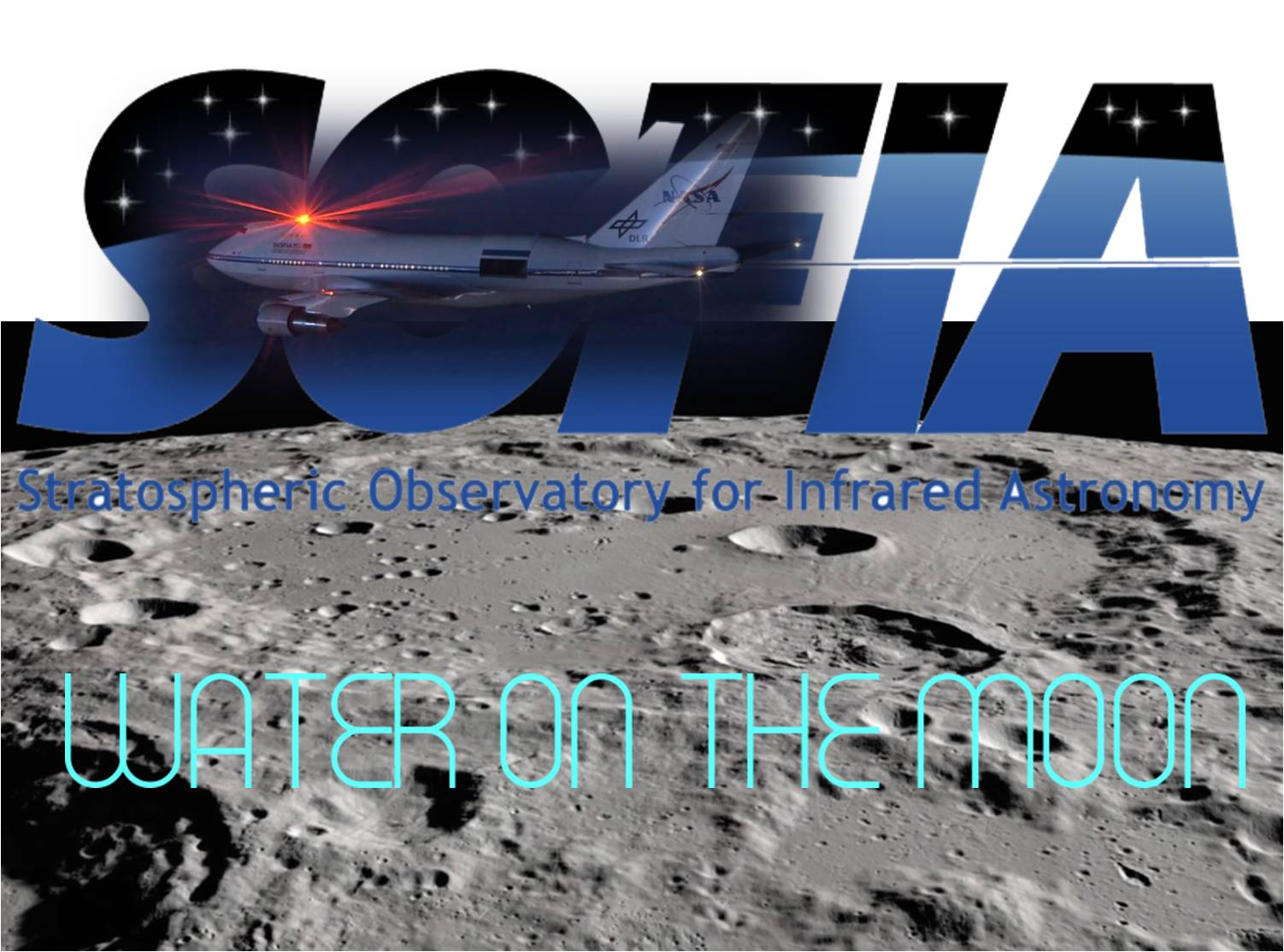"We will continue to make discoveries", says Dr Naseem, SOFIA NASA Project Scientist from Udaipur
The premier space research agency NASA announced an exciting new discovery – empirical evidence of presence of water on Moon. This discovery was made by the exploration initiatives of SOFIA (Stratospheric Observatory for Infrared Astronomy), which has confirmed the presence of water on the sunlit surface of the Moon. This has confirmed that water may be distributed across the surface of the Moon and not just restricted to the colder areas.
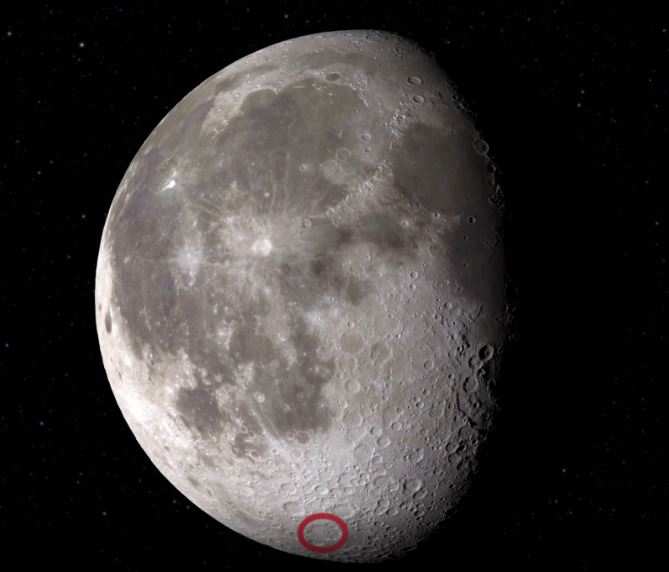
Udaipur’s Dr Naseem Rangwala was among the four project scientists in the briefing team who announced this discovery through a teleconferencing on Monday, 26 October. Dr Naseem Rangwala is SOFIA’s Project Scientist at NASA’s Ames Research Center, Silicon Valley, California.
Dr Naseem Rangwala, in her interaction with media said that this discovery was made by SOFIA, which is an airborne telescope and the largest onboard space research laboratory. This airplane goes above the atmosphere to give clear pictures of the Moon.
She added that her team and NASA we delighted to announce their discovery that water could be present on the sunlit portion of the Moon. She said that earlier, there were instances of water being present in the shadowed and colder regions of the moon, the craters, for example.
The team at NASA will explore how water will survive on the sunlit portion of the lunar surface. This discovery establishes and supports NASA’s call to establish a human base on the Moon. NASA will explore how it is stored and distributed across the lunar surface. The premier space agency is now looking at using all its resources in learning more about water on the Moon, so that these resources can be extracted when needed.
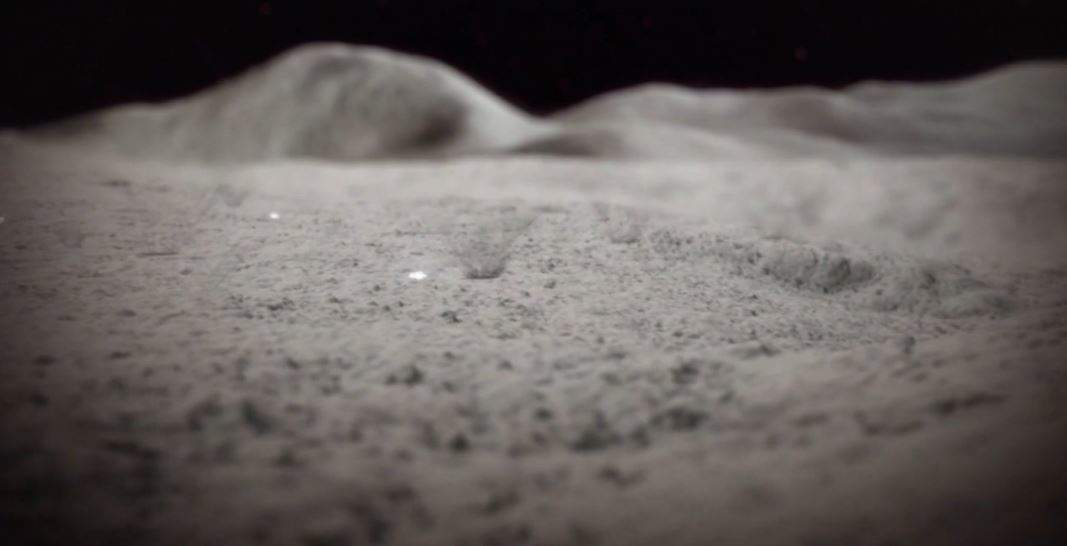
On being asked how this water is being generated, Naseem said that scientist believe that there may be two potential ways how solar wind that is bringing Hydrogen to the lunar surface, which is interacting with oxygen bearing minerals in the soil to form a hydroxyl molecule, that then interacts with another hydroxyl molecule to form water.
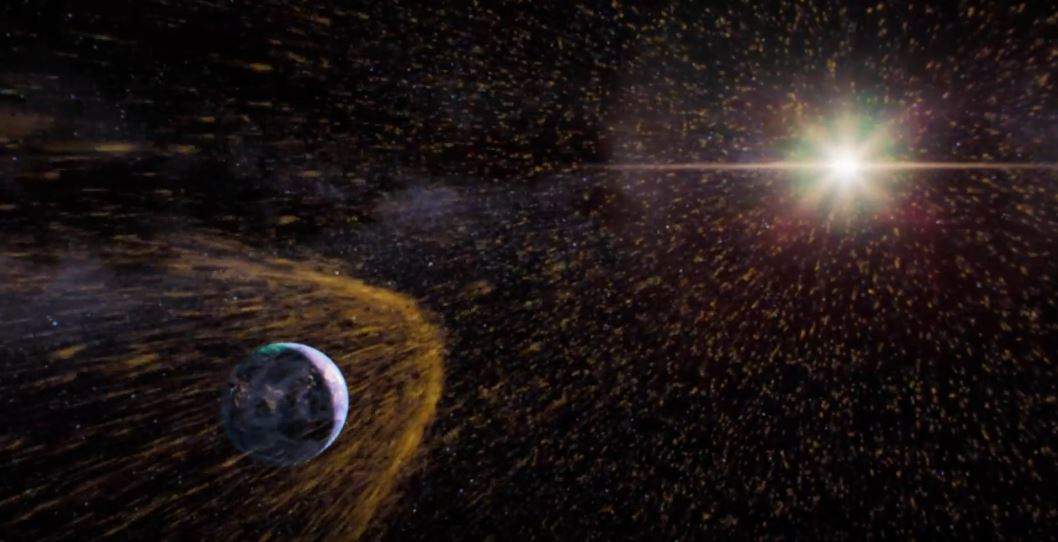
Another possibility according to scientist, says Naseem, is micrometeorites, when they impact the Moon, could deposit water to the Moon in glass kind of enclosures, because without a thick atmosphere, water on the sunlit surface of the Moon would simply evaporate.
“Something is generating the water, hence there is something that is trapping it” – said Casey Honnibal, who is postdoctoral fellow at NASA’s Goddard Space Flight Center, Greenbelt, Maryland and was part of the research team.
Dr Naseem clarified that it is not puddles of water that were found, but in fact water molecules. They do not interact to form ice or puddles but still it is intriguing to find out how wide spread this type of water is.
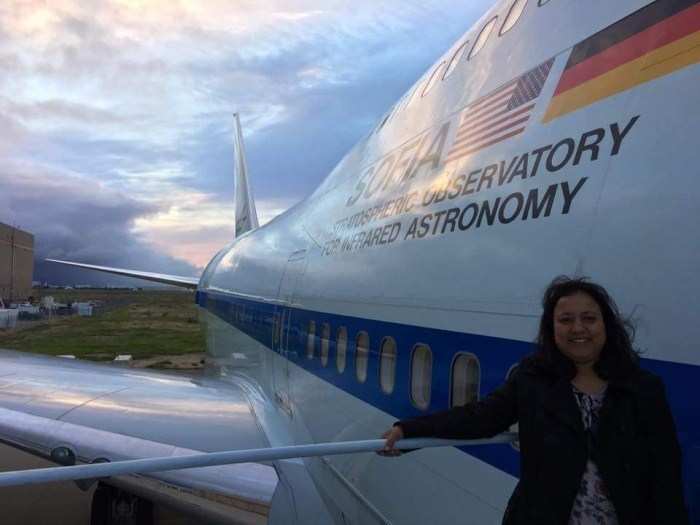
Her 10 hour journey with SOFIA in April was 5,000 miles that travels from across California, Texas and British Columbia and back, above commercial airliner heights and the water vapor, which blocks much of infrared radiation from space. This altitude allows the telescope to clearly see Mars, a pair of asteroids and a distant galaxy.
Naseem works as a SOFIA Project Scientist with NASA. She was earlier researcher with Space Science and Astrobiology Division at NASA Ames Research Center. Prior to this, she was a Research Associate at Center for Astrophysics and Space Astronomy, University of Colorado. Subsequent to completing her BSc in Physics from Wilson College, Mumbai, Naseem did her MSc in Particle Physics at the Durham University, UK in 2001 and subsequently did her PhD in Astrophysics from Rutgers University in 2009.
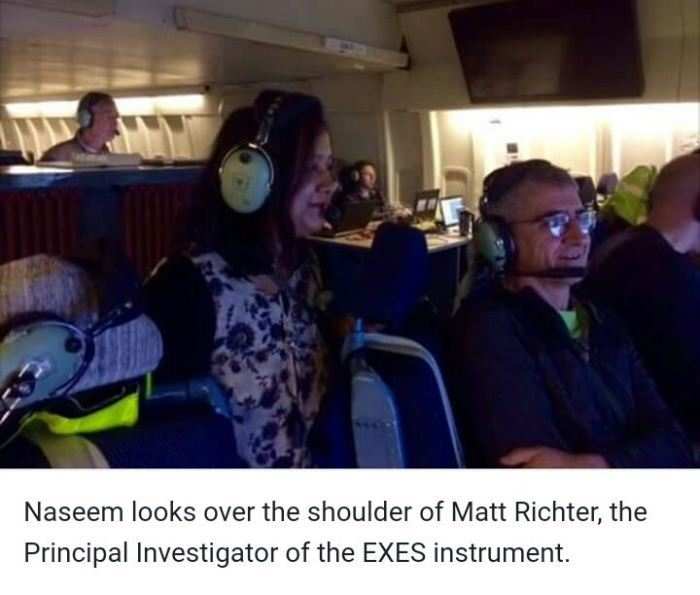
SOFIA flies at an altitude of 45000 ft, much above the normal commercial aircrafts. Though fighter aircrafts can fly above 50,000 ft, they rarely do. This flight above the natural water vapour layer of the Earth permits viewing other celestial objects without contamination from terrestrial water, says Naseem.
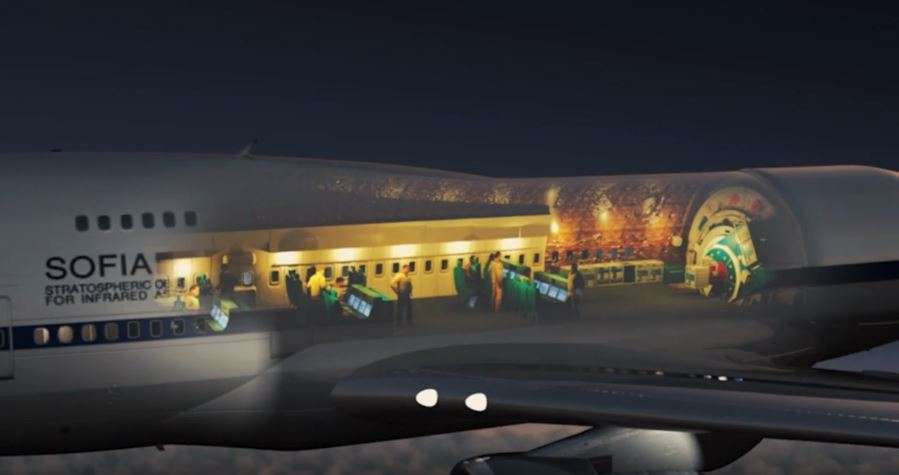
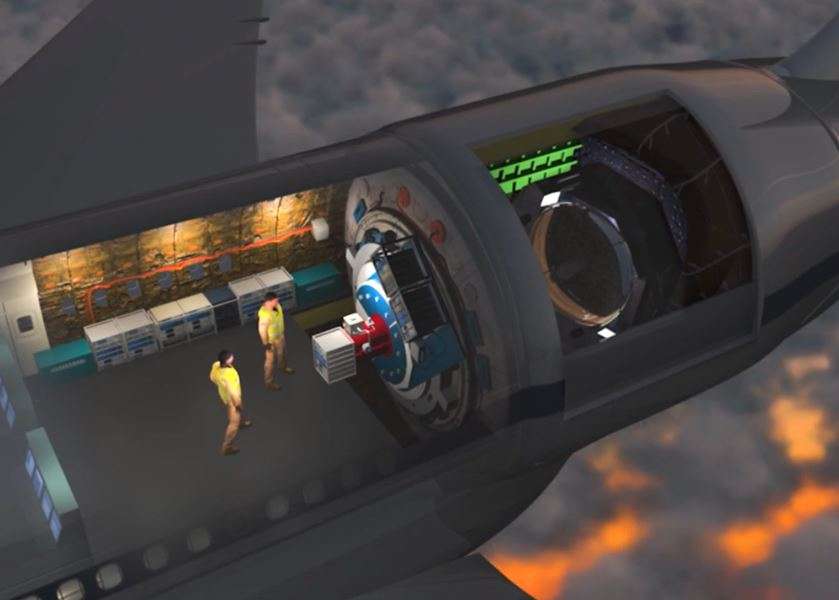
Speaking about the flight that led to this discovery, Naseem said that this was a test project. SOFIA was out on flight, and after completing the scheduled viewing and data collection, towards the end of the flight the observers on board took to checking on the Moon’s surface. At that altitude, the Moon was the closest and the brightest of objects.
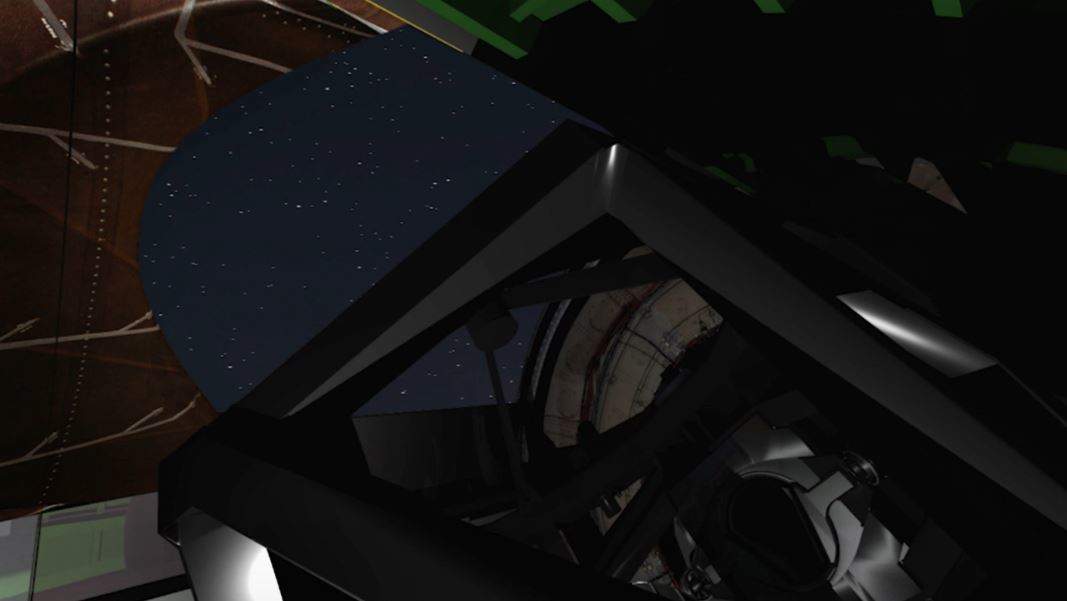
The telescope and guider cameras took to action and began taking pictures and data was collected. This data was analysed over a few months ago and resulted in the research paper, which was announced yesterday by NASA.
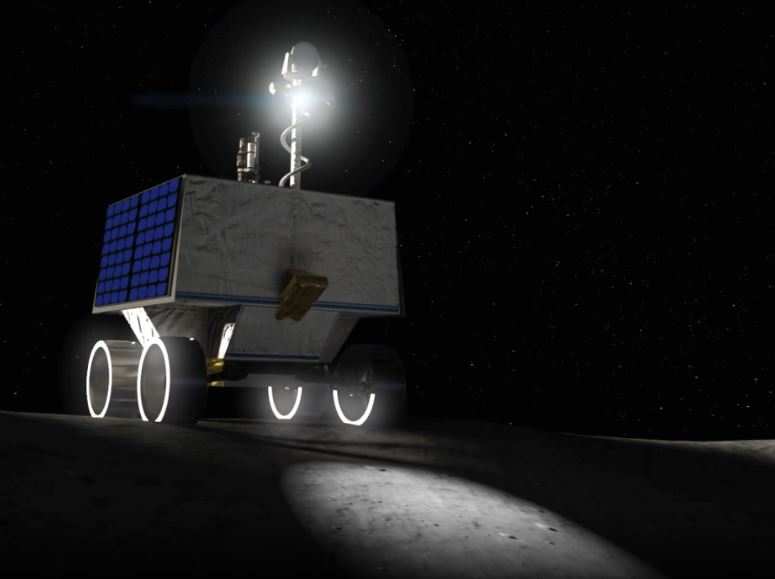
Naseem said that teams at NASA are looking at future studies to understand the water form and what could be the chances of accumulation of water on the lunar surface.
In her message to children who are curious about the celestial bodies, she said that such a discovery and many others like this are an inspiration from which the children can learn and create a path for future discoveries and explorations.
On being asked what it means to her personally as a member of the team that led this discovery – Naseem said that she was overwhelmed, honored and excited on being part of the team. NASA, she said will continue to make discoveries of this kind, even in the pandemic times – as safely and as much as possible, and the water on Moon was a perfect example of this commitment.
The next SOFIA flight is scheduled in the spring of 2021, added Naseem.
Source: NASA Press Release, News Nation, NASA AMES Research Station, NASA website
To join us on Facebook Click Here and Subscribe to UdaipurTimes Broadcast channels on GoogleNews | Telegram | Signal



